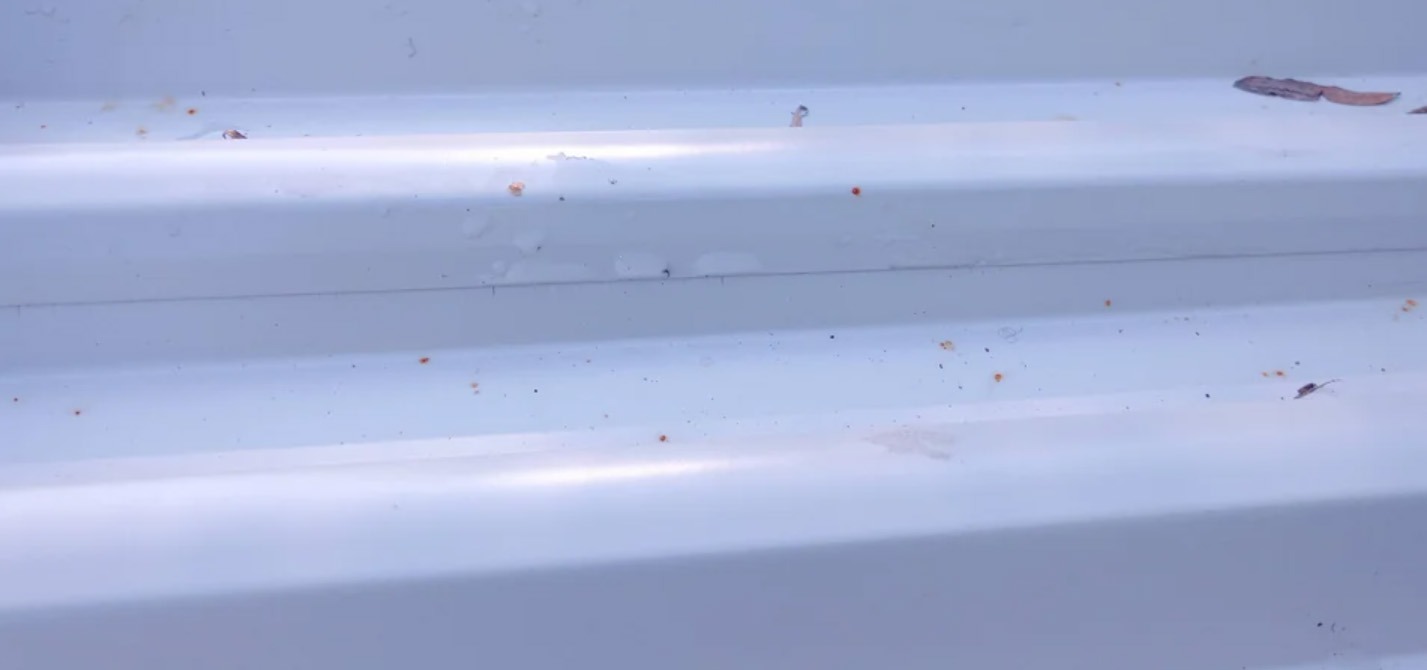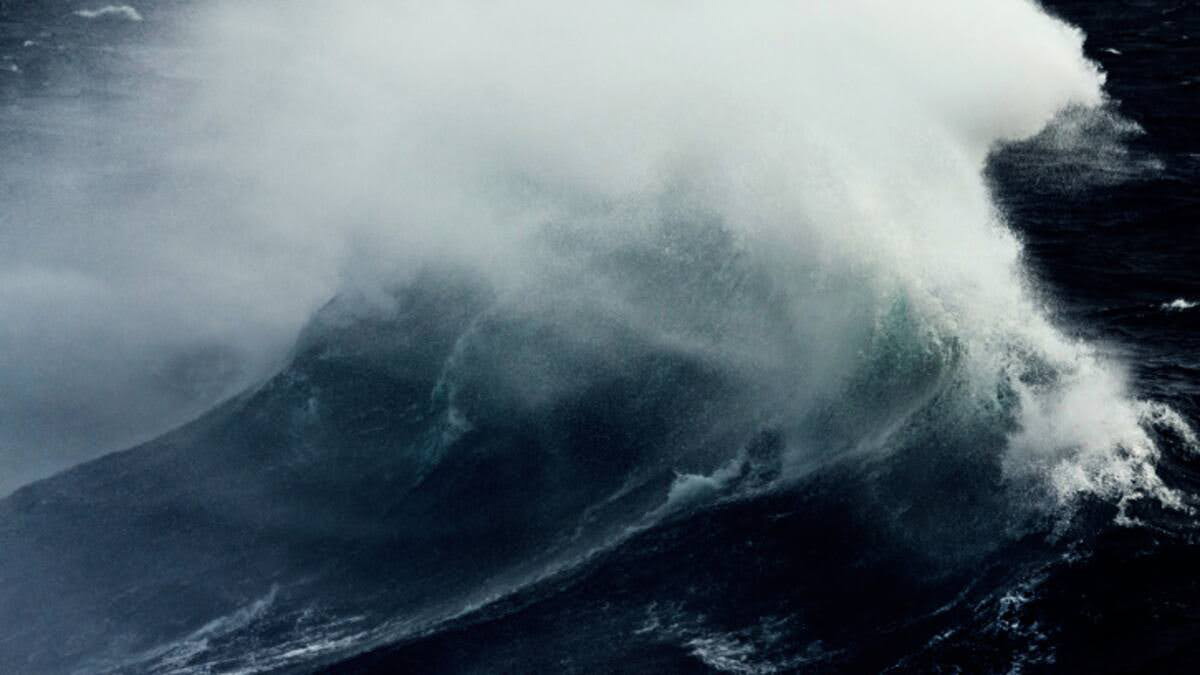We service all areas of Northland, including…
Whangarei, Waipu, Langs Cove, Mangawhai, Wellsford, Dargaville, Kerikeri, Paihia, Russell, Opua, Kaitaia, Mangonui, Coopers Beach, Karikari, Whangarei Heads, Tutukaka, Waitangi, Bay of Islands.
Life on the coast is unbeatable – sunny days, sea views, and that fresh ocean breeze. But the same ocean air that feels so good can be tough on exterior paint. In Northland, from Mangawhai up to Doubtless Bay, our homes face a unique blend of high UV, humidity, and constant wind‑driven salt spray from both the ocean. The result? Paint films weather faster, metals corrode sooner, and timber cladding can look tired long before its time.
This guide explains how to select the right system, prepare properly, and maintain your exterior so your home. If you would like tailored advice for your place in Whangārei, or nearby in the Northland, book a free site assessment with Northland Painters.


Salt deposits: Salt crystals draw and hold moisture. Left on surfaces, they create a damp micro‑film and speed up coat breakdown, corrode and pop nails, screws and other metal surfaces.
High UV: Based on New Zealand’s national climate and water research institute, we have among the highest UV levels in the world, which accelerates chalking, colour fade, and binder degradation. ( NIWA, New Zealand’s national climate and water research institute.)
Wind and rain: On-shore winds carry salt and sand, wind‑driven rain pushes moisture into joints, under laps, and into hairline cracks.
Thermal stress: Darker colours heat up in summer sunshine, especially on north‑ and west‑facing elevations, increasing expansion/contraction cycles.
No single paint suits every surface. In Northland’s coastal zones, you will extend life by matching products to substrates and exposure.

Timber weatherboards and trims demand a system that seals, and breathes. Start with a high‑build, tannin‑blocking exterior primer to lock in the substrate. Follow with a premium 100% acrylic exterior topcoat formulated with strong UV absorbers. Acrylics offer the flexibility and vapour permeability timber needs in Northland’s climate. Finish in low‑sheen or satin to balance durability with the ability to hide minor surface imperfections.
Fibre‑cement and plastered masonry benefit from an alkaline‑resistant primer that locks down the surface. After that, a high‑build acrylic topcoat to bridge hairline cracks, adds protective film thickness, and resists salt‑laden moisture.
For galvanised steel, wrought iron, and other metals, thorough preparation is vital. Remove corrosion to bright metal wherever practical and treat any remaining rust with chemicals like WD-40. Prime with an anti‑corrosive epoxy on bare steel. Finish with a hard‑wearing acrylic or polyurethane epoxy enamel.
Roofs whether long‑run metal, or coated steel need a disciplined approach. Wash thoroughly to remove lichen, moss, and salts, prime bare metal promptly to prevent flash rust, and apply a roof‑specific topcoat rated for high UV and ponding resistance. This might be more difficult than it sounds and if you are looking to extend the life of your roof, talk to our roof painting team.
Preparation is the difference between a coating that looks good for two summers and one that protects for a decade.
Step 1: Clean the surface from salt
Hose down with fresh water before any cleaning product touches the surface. Start at the top and work down. On very exposed locations (Tutukākā, Ahipara, Russell headlands), rinse two days in a row to flush embedded salts.
Step 2: Do a gentle wash, not water blasting
Use a soft‑wash approach with mild detergent and low pressure to avoid forcing water under laps or into window joinery. Treat mould and algae with a suitable cleaner, then neutralise and rinse thoroughly.
Step 3: Spot repair & filling
Step 4: Masking & protection
Protect aluminium joinery, decks and garden from splashes and overspray. Coastal breezes can carry paint a long way and careful masking will save up on your cleanup time.
Quarterly: Hose down walls, fascias, soffits, and especially the first 1–2 metres from the ground where salts and grime accumulate. Rinse decks and balustrades thoroughly. To that during autumn and spring wash add a soft‑wash to remove bio‑growth and grime, also clear gutters and downpipes and check for cracking sealant or split end‑grain on boards.
Annually: Inspect for any chalking, hairline cracks, early rust spots, or water staining. Touch up promptly because small fixes prevent weather (ocean air / salt) spread failure.
The most common mistake is not cleaning before painting and painting over salt contaminated surfaces which causes blistering and early failure. Also, over‑reliance on high‑pressure washing, next is skipping primer and under‑priming – always remember patched areas must be prime. Last two mistakes are selecting too dark colour for your timber weatherboards and ignoring early rust patches.
We live and work here. We understand the Northland climate and we know how to select the right coating system with a realistic maintenance plan so your place stays beautiful between seasonal storms and long summer spells.
Need professional assistance for your coastal home? Book your free on‑site assessment and written quote today with Northland Painters.
Whangarei, Waipu, Langs Cove, Mangawhai, Wellsford, Dargaville, Kerikeri, Paihia, Russell, Opua, Kaitaia, Mangonui, Coopers Beach, Karikari, Whangarei Heads, Tutukaka, Waitangi, Bay of Islands.